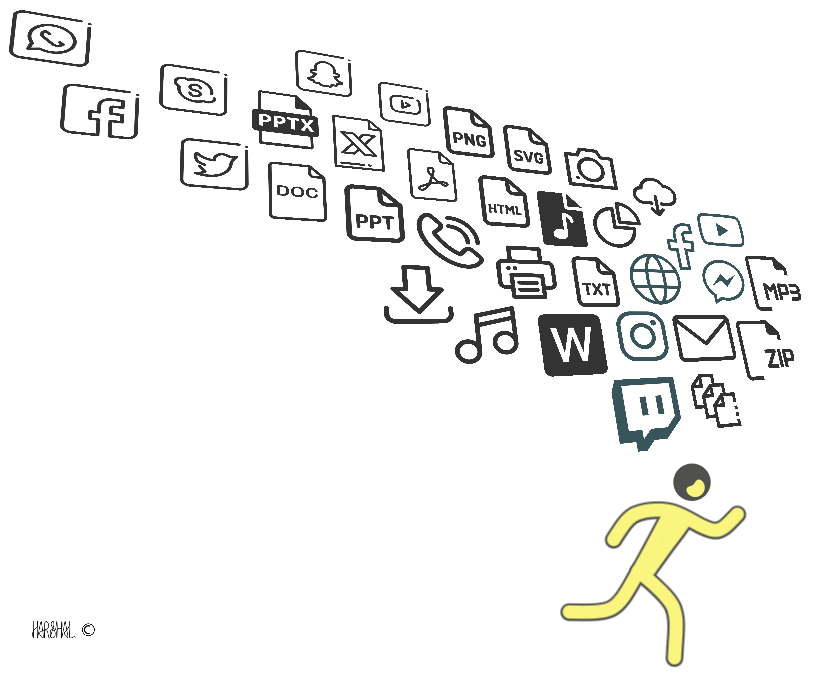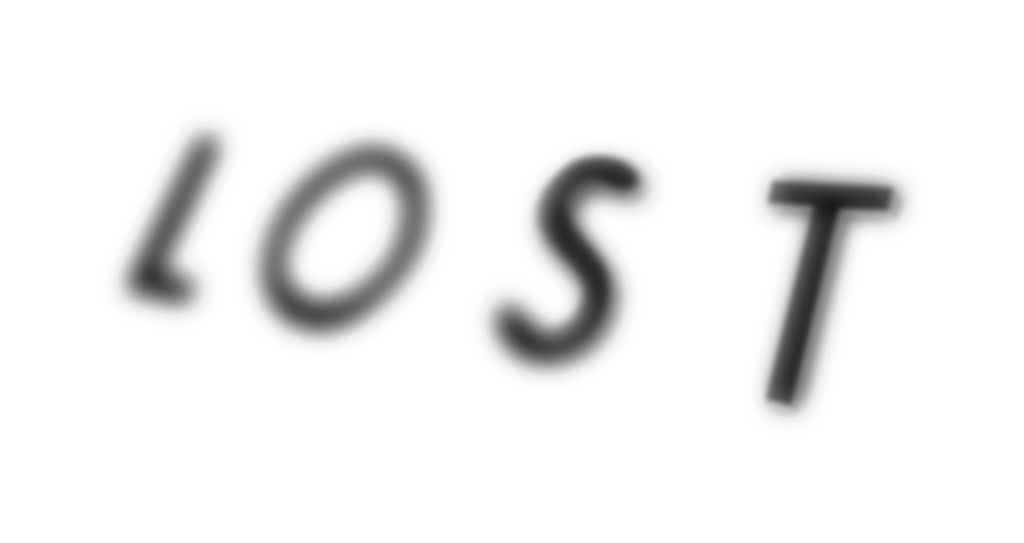If you are a designer — whether a designer of words/ thoughts/ software/ products/ buildings, or interiors — you have the habit of looking-up for, and hoarding-up on knowledge-bits. In addition, you are also an information generator, contributing your 2-cents to the information-web.
An active researcher will soon enough find these scraps of reference materials to have spread all over their sketches, note-books, stickies, blogs, phones, tablets, computer partitions & other storage media, or even underlined or pencilled in the margins of books. This information is further fragmented into drawings, photographs, PDFs, spreadsheets and documents, scans and what not.

Data Overload
The last couple of decades have witnessed a giant upswing in the information density curve. Humans have not suddenly become more active or more intelligent. Neither has our productivity suddenly dropped. But rather, it appears to be the combined effect of three factors:
The increasing cacophony of the sources, as well as of broadcast mediums, appears to have overwhelmed our minds to such an extent that — more often than not — the brain instinctively stone-walls any further inputs, in order to preserve sanity. Information-processing appears to have become an increasingly difficult task, requiring a conscious exertion of one’s will.
The high density of information availability has panicked not only our physical storage systems, but also of mental processing. In this rainforest-like information-jungle, how does one create a clearing wide enough for our thoughts and creativity to take root and grow?
This overload makes it necessary for us to have a system by which we can systematically document and retrieve the vast body of available information — customized to one’s personal needs and preferences. The internet has rendered information readily available but, also fragmented. Once filed away, these fragments float away to be forgotten. Frustratingly, despite the powers of computing at hand, it does not seem to have made it easier for us to retrieve this filed-away information than simply picking up a treatise from a library shelf.

The reading library enabled tranquility & focus… effective knowledge absorption
In the past, when museums and libraries were the predominant sources of information, we merely had to learn to follow a logical and universal system in order to retrieve information. The logic as well as the maintenance of this system was the responsibility of indexing professionals. But now, each one of us has to develop and maintain an ever-growing personal library of information fragments gathered from varied sources. Most of us do not have a system in-place to handle this. As such, the information we encounter can be easily misplaced and difficult to retrieve at a later time. How easy it is for it to be irretrievably forgotten — buried in an alien universe of ones and zeroes — unlike the books neatly lined up on your library shelf.
While all file/image/link -cataloging tools such as Evernote, DEVONthink4, Photos (iOS), Lightroom, and the ilk, are great and capable, I hold a grudge with them: All these software swallow my data whole within their own internal indexing systems — almost all of them forcing us to learn & use proprietory techniques for data-lookup, processing and distribution. The biggest disappointment comes when, despite having spent much valuable time carefully naming, grouping & tagging stuff within the confines of these cataloging tools, you realise that an exported file or piece of data has lost all its tags/keywords, or even has been randomly renamed to something like: [IMG_3278.png]. These cataloging tools hold no respect for use-case scenarios beyond their own realm of operation, and as such must be considered crippled, or even perverted in their design intent.
All these cataloging software seem to have, long ago abandoned the notion of being “tools” and instead, have become whole systems in themselves. While we, the users, had merely announced the requirement for the position of an efficient secretary or butler, they brought a marriage contract to the interview. Which indexing system a person prefers ‘at the moment’ must not interfere with, relocate, alter, or touch the data in anyway.
I wouldn’t want the stuff on my table, or for that matter, the entire room to be rearranged as per the secretary’s preferences; nor to be told that I am not allowed to leave my file-folders spread out on the carpet if I am working from the sofa, instead of on the study-table.
As I understand, an entire generation eagerly abandoning proprietary formats in favour of Markdown, is a sign of the collective desire to see their textual-data once again “surfaced” — and to make their data separate from how it is served-up for consumption. For me, this desire expands to all forms and formats of data. All information needs to be easily surfacable (outside the bounds of a tied-in database) so that I can quickly act on it. Information sources are already widely distributed; their broadcast frequencies beyond our control. The additional friction of juggling and digging into various proprietory databases is unwarranted. Native file systems can be adequate (if one adheres to a rigorous “system” of naming and tagging). I find that sensible file-naming and tagging — combined with Boolean search — can perfectly serve the purpose of surfacing relevant data quickly.
When used properly, the simplest tools can be the most lethal.
I encounter another deeper problem with most cataloging processes. We get so involved in the process of storing information that many of us tend to either forget to act on it, or we get so exhausted that we postpone the whole scenario, hoping that our mind will remember and recollect. Information is useless, unless it is processed. It’s lone purpose is to advance our personal understanding of the stuff we encounter and interact with; and ultimately, to sharpen our creative problem-solving skills.5
It is not uncommon for us to chance upon a stimulating bit of information online, and weeks later, we find ourselves unable to recollect its contents. And worse still, “years go by and we have yet to apply the gems of knowledge it contains.”6

Lost Data
In the second part of this series, I elaborate on a system I use for cataloging my digital data: office documents, receipts, PDFs, photos, downloaded or scanned images, drawing files, and the ilk.
Think-tanks, researchers, organisations, bloggers, news-outlets, etc.↩
By modes, I mean: Print, Internet, TV & Radio; and by Mediums: email, Twitter, Reddit, Newsletters, books, etc.↩
This necessitates setting aside frequent pockets of time - isolated from information-broadcast. Cut the net, keep away the phone, and do valuable things of nothingness — non-multitasking activities that provide rest to the thinking-mind — like exercise, or cooking, or only and only listening to music — all of which I believe to be a form of meditation at some level. To be followed by bring out your sketchbooks or notepads.↩
DEVONthink doesn’t lose tags, nor does it obfuscate file names like most others.↩
“If I have seen further than others, it is by standing upon the shoulders of giants.” — Issac Newton↩
Beaudoin, Luc P.. “Cognitive Productivity: Using Knowledge to Become Profoundly Effective”. Leanpub.com, 27-Oct-2016, https://leanpub.com/cognitiveproductivity/. Accessed 26-Feb-2019.↩